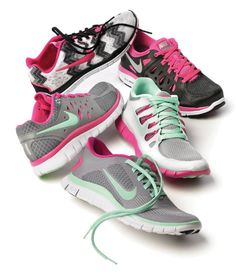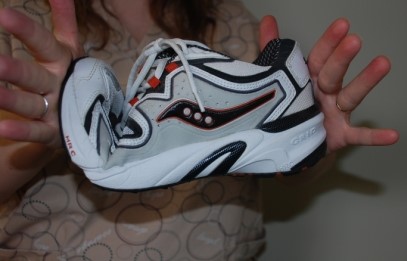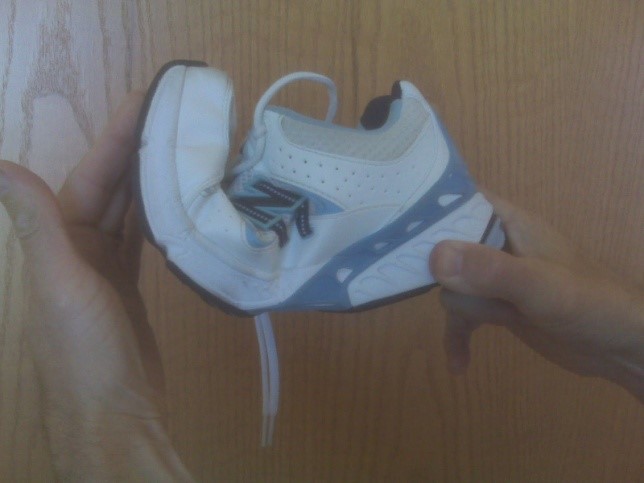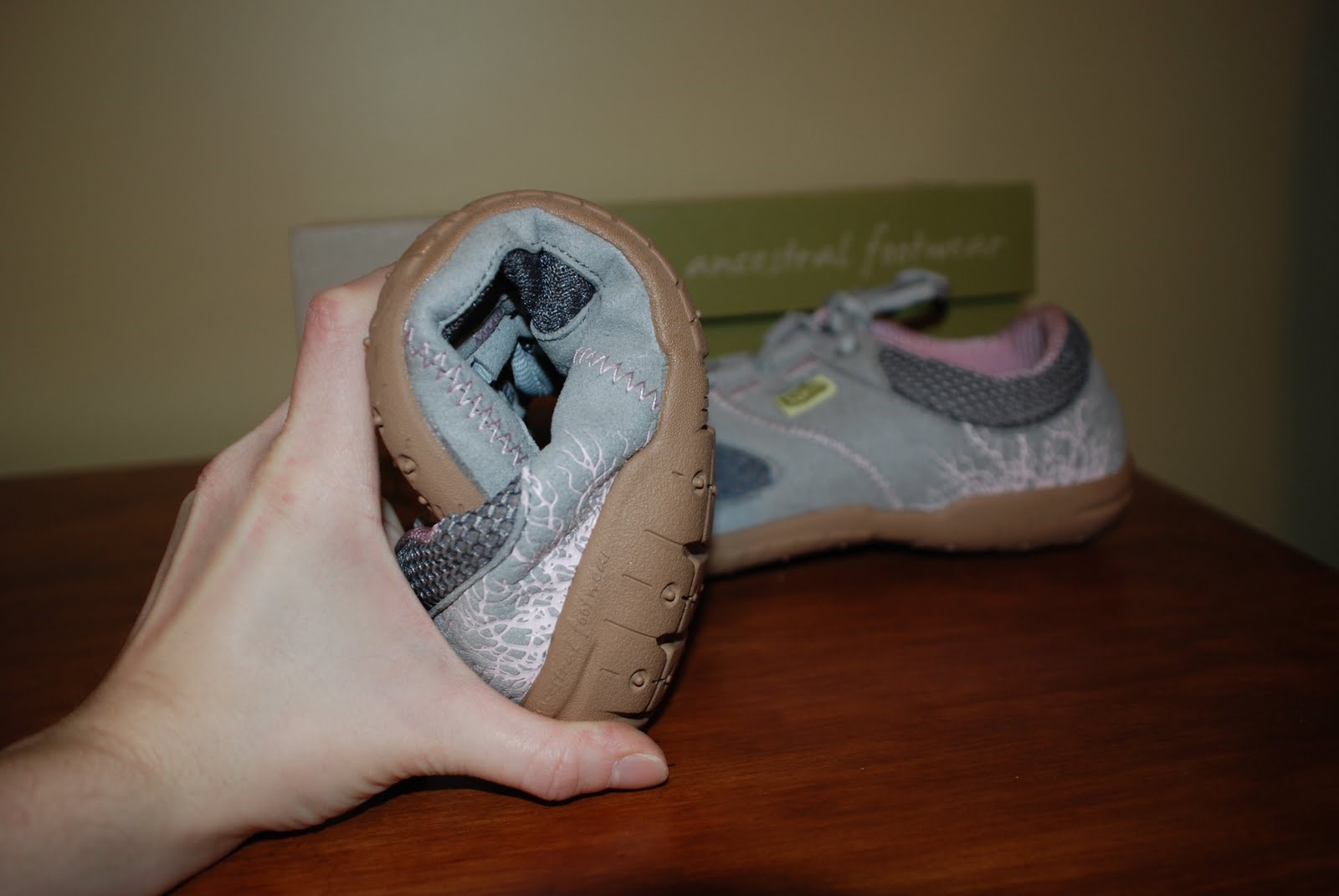
Proper Footwear Selection
One of the most common questions physical therapists are asked is: “What kind of shoes should I buy?” As with every seemingly simple question, the answer is a bit more complicated. The fact is, shoe manufacturers make different models for different foot and body types, as well as for different activities. More important than the price, design, or celebrity-endorser of your shoe is how they support your foot and whether or not they are designed for your activity of interest.
The main athletic shoe types are those designed for court sports and those designed for running/walking. Running shoes and walking shoes are grouped together because many physical therapists feel that people who walk for exercise should wear running shoes for maximum comfort. Running shoes typically have more cushion than walking shoes, and more cushion translates to less wear and tear on your joints.
Since the window to the body (of the shoe) is the sole, let’s start there. Court shoes have relatively flat bottoms with groves etched into them. Running shoes, on the other hand, typically have large ridges on the bottom for increased traction. Running shoes also provide a great deal more cushion than court shoes, which is desirable due to the increased stress placed on the joints during walking and running. Heavier exercisers need more cushion than lighter ones, as this will help dissipate the forces associated with increased body weight.
Features of the upper portion of the shoe also differ depending on their intended use. The height of the upper portion usually classifies them as high-top or low-top. Court shoes are typically geared towards either basketball or towards sports like tennis, racquetball, and volleyball. Basketball shoes should extend up to or past the ankle for added stability during side to side movements and to protect against various jumping/landing injuries. The upper portion of tennis, racquetball, and volleyball shoes typically stop below the ankle. So, the main difference between the upper portion of various types of court shoes lies in whether they are high- or low-top. Running shoes also should stop below the level of the ankle, since a lot of lateral support isn’t usually needed in running.
Running shoes can be further divided into 3 categories due to some unique aspects of running, such as lots of impact and numerous steps compared to other sports. The first group is motion-control shoes. These are for people with flat feet and other foot problems which need more movement control to help prevent injury. The second group is classified as cushioned shoes. These are made for people whose feet don’t roll in or out very much. Since the lack of roll in the foot decreases the foot’s ability to absorb shock, these shoes have extra padding to decrease the forces on the joints of the body. The third group of running shoes is stability shoes. These shoes combine some motion control with a good amount of cushion, and are best for mid-weight runners who have normal foot arches. Most shoe boxes won’t tell which of these three groups a certain model is in. You will have to ask an informed salesperson or do some research yourself on the company’s website.
Here are a few tips to consider when making your next purchase. The cushioning in most shoes is only good for 300-500 miles of use, including just walking around during the day. The cushioning in shoes breaks down over time, even if they are rarely used. A good test for selecting running shoes is to bend them by pushing the heel and toes together. The most supportive shoes bend where the ball of the foot would be located if the shoe were on your foot.
More supportive Less supportive Do I even need to say it?



Image courtesy ofwww.painfreefeet.ca Images courtesy ofwww.drblakeshealingsole.com
No matter which type of shoes you buy, always try them on and perform the activity you intend to use them for. Runners should run outside the store (most salespeople won’t mind if you ask) for a few minutes. Basketball and tennis players should do some cutting activities as you would during a match or game.
A final important point is that you should wear your shoes during the activity for which they were intended. If someone were to wear running shoes to play basketball, not only would the ankle have less support, but this would cause the upper part of the shoe to break down as well. Running shoes are typically not designed for cutting activities, and the reverse is true for basketball shoes. It should also be noted that running shoes should not be worn every at work or around the house. Doing so can decrease the motion control and cushioning of the shoe.
Keep in mind that although wearing the correct shoes will help decrease the likelihood of injury, no shoe will prevent all injuries or cure all complaints. For example, people with chronic lower body injuries or with problematic feet will typically not see much difference between various shoe models. These individuals often benefit from getting custom-made orthotics (see this previous article on orthotics for more info) and participating in a targeted strengthening and stretching program. All you need to do to get a pair of orthotics is have you doctor write you a prescription for an orthotic fitting from a physical therapist. A physical therapist can also help you find the cause of sport and exercise related injuries that are keeping you from doing the things you enjoy.
So, hopefully this article gave you an excuse to go shopping. Locally, I like to send patients to High Gear Sports and The Outfitter for specific shoe recommendations. Follow these basic guidelines and you will be one step closer to accomplishing your athletic and exercise goals.






